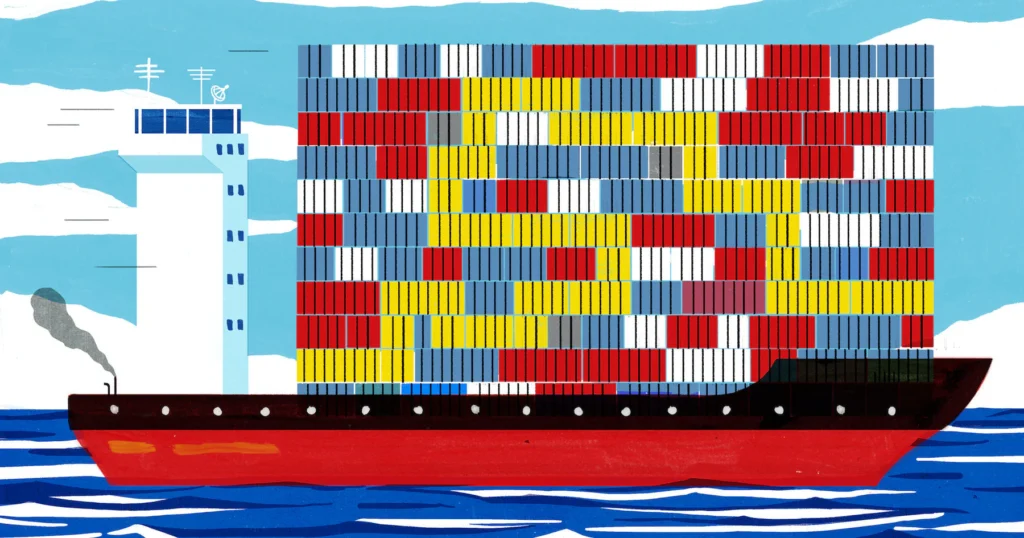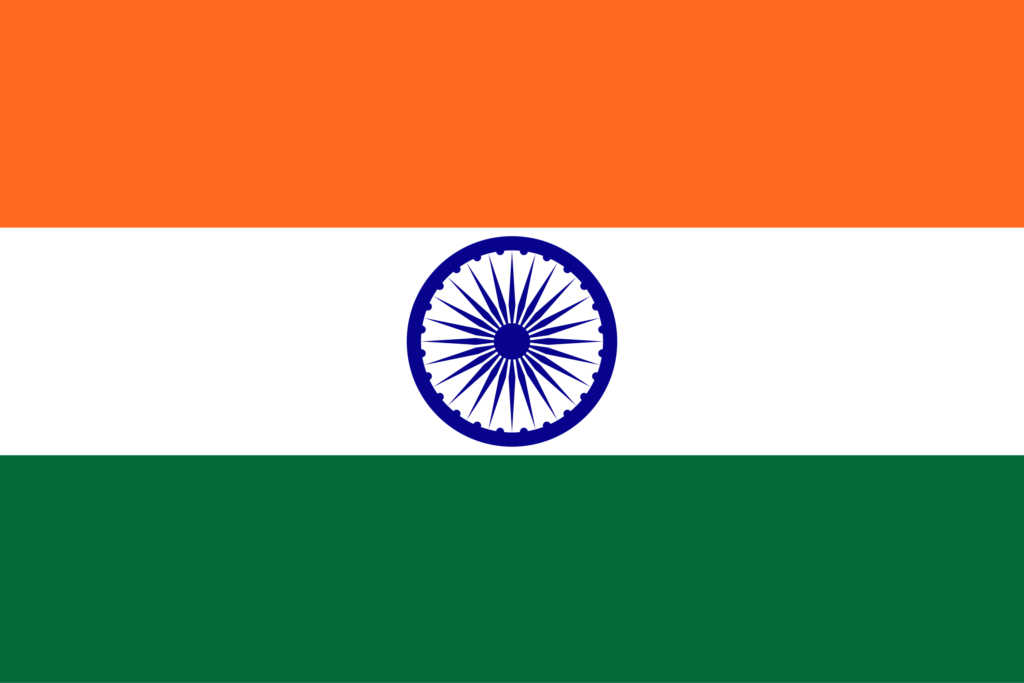Whether you’re planning to manufacture products or source from wholesale suppliers, it can be a challenging process. But with the right approach, you can identify the perfect manufacturing partner for your ecommerce venture.
This guide walks you through finding a manufacturer or supplier for your product ideas, with advice for evaluating manufacturers, deciding between domestic and overseas suppliers, and asking good questions about supply chains. With these tips, you’ll be on your way to sourcing the right products for your ecommerce business.
#1 What is a manufacturer?
A manufacturer is a business that transforms raw materials into finished goods. Manufacturers sell goods to consumers, wholesalers, distributors, retailers, or other manufacturers. From there, individuals and businesses may use those goods to create more complex products.
Most manufacturers specialize in specific product types. For example, you might work with:
A glassware manufacturer for bottles and jars
A cardboard box manufacturer for packaging
A plastic goods manufacturer for containers
Many retailers work with multiple manufacturers to build diverse inventory for their stores. Following this approach, known as supplier diversity, encourages a unique product mix and reduces supply chain risks.
#2 Is a manufacturer a supplier?
All manufacturers are suppliers, but not all suppliers are manufacturers. “Supplier” is a broad term that includes anyone who provides products and inventory. This category includes manufacturers, wholesalers, and distributors.
Before starting your search, determine what type of supplier you need. Your choice may depend on your ecommerce business model.
Common supplier options include:
Manufacturers that produce your unique product idea in full, or provide parts so you can complete it
Suppliers (who may also be manufacturers), wholesalers, or distributors that offer existing products you can resell in your store
Dropshipping companies that supply products from existing brands and fulfill orders for your business.
#3 Domestic vs. overseas manufacturing
When planning to manufacture or wholesale products, you must decide whether to source domestically, internationally, or both. Each option has its pros and cons.
Domestic manufacturers tend to have shorter lead times, cheaper shipping, and better quality control standards than overseas manufacturers.
On the other hand, overseas manufacturers tend to offer lower product costs and produce higher-volume orders. U.S. News & World Report states that India, China, and Vietnam provide the cheapest overseas manufacturing costs.
#4 Regulatory compliance and quality control
Beyond price, quality, and shipping, you should also consider regulatory compliance and geopolitical factors affecting production in your country or countries of choice, both domestically and internationally.
For example, the US Food and Drug Administration (FDA) requires manufacturers to run toxicology testing on products like cosmetics. Make sure the manufacturer(s) you choose can meet quality and safety standards in your industry.
You should also consider the safety of the people manufacturing your goods. Does the manufacturer comply with certified standards ensuring safe and humane working conditions? Stay informed about laws like the Uyghur Forced Labor Prevention Act (UFLPA). To curb human trafficking in global supply chains, the UFLPA bans goods produced in the XUAR region of China from entering US markets.
Wherever you’re sourcing manufacturers, always check that they’re complying with standards set by the International Organization for Standardization (ISO). Quality, safety, ethics, sustainability—whichever standards you’re looking to comply with, your chosen manufacturer should be ISO certified.
#5 How to find a manufacturer in 7 steps
Ready to turn your product ideas into reality? Follow these steps to find the best manufacturers and suppliers for your business.
1.Explore your options
2.Gather quotes
3.Research your shortlist
4.Communicate your designs
5.Order samples and compare supplier quality
6.Negotiate with potential manufacturers
7.Place your first order
#6 Place your first order
Once you’ve completed quality control checks, ensured samples meet your standards, and negotiated MOQs and payment terms, it’s time to place your order and kickstart production.
#7 Evaluating cost vs. quality
Choosing a manufacturing partner means weighing cost against quality. What’s your minimum acceptable level of quality, and how does it impact your budget? Material quality impacts manufacturing costs and sales numbers. For example, one benefit of manufacturing durable products is higher customer satisfaction—and satisfied customers are more likely to become repeat customers.
Premium materials can boost a product’s perceived value, but there’s a short-term trade-off. Better materials typically mean higher fees. For example, switching from cotton to cashmere in apparel manufacturing increases costs. Costlier materials mean higher upfront investments and a longer road to recouping costs.
#8 Moving forward with your supply partners
Sourcing suppliers and manufacturers is a critical decision that represents one of the most significant costs of starting a business.
Don’t be discouraged if you hit roadblocks. Finding the perfect partner takes patience and perseverance, so keep at it, seek support from your network, and soon enough your business will thrive.








